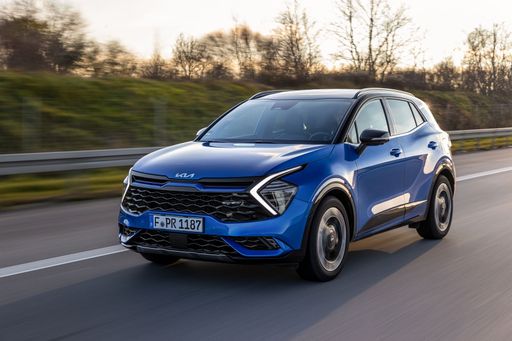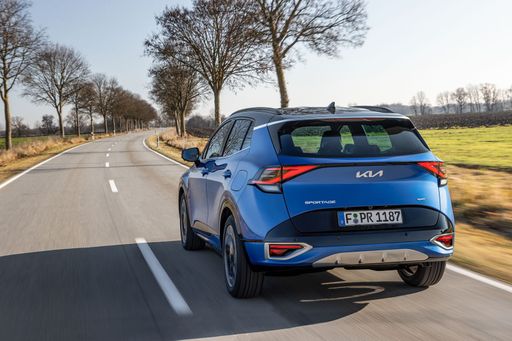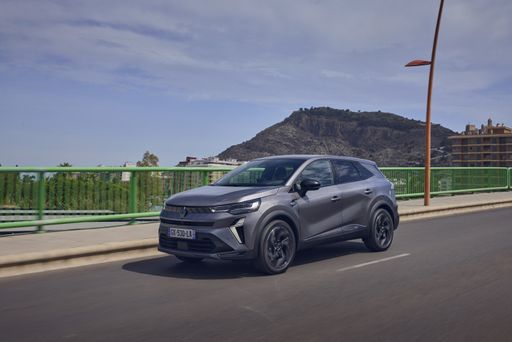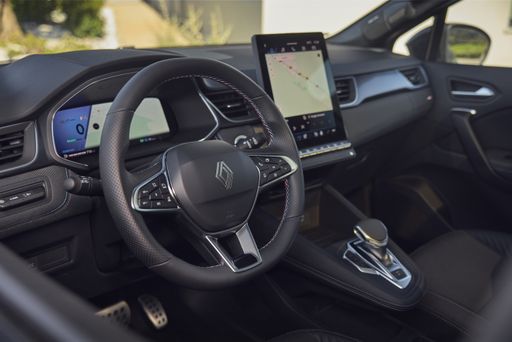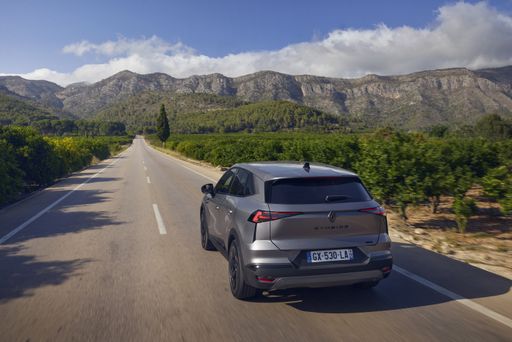A Tale of Two SUVs: Kia Sportage vs Renault Symbioz
In the ever-evolving automotive landscape, SUVs continue to dominate consumer preference for their blend of space, utility, and comfort. Today, we dive into a comprehensive comparison between two noteworthy entries in this category: the Kia Sportage and Renault Symbioz. Both models showcase innovations that cater to a modern, tech-savvy audience while emphasizing performance, efficiency, and comfort.

